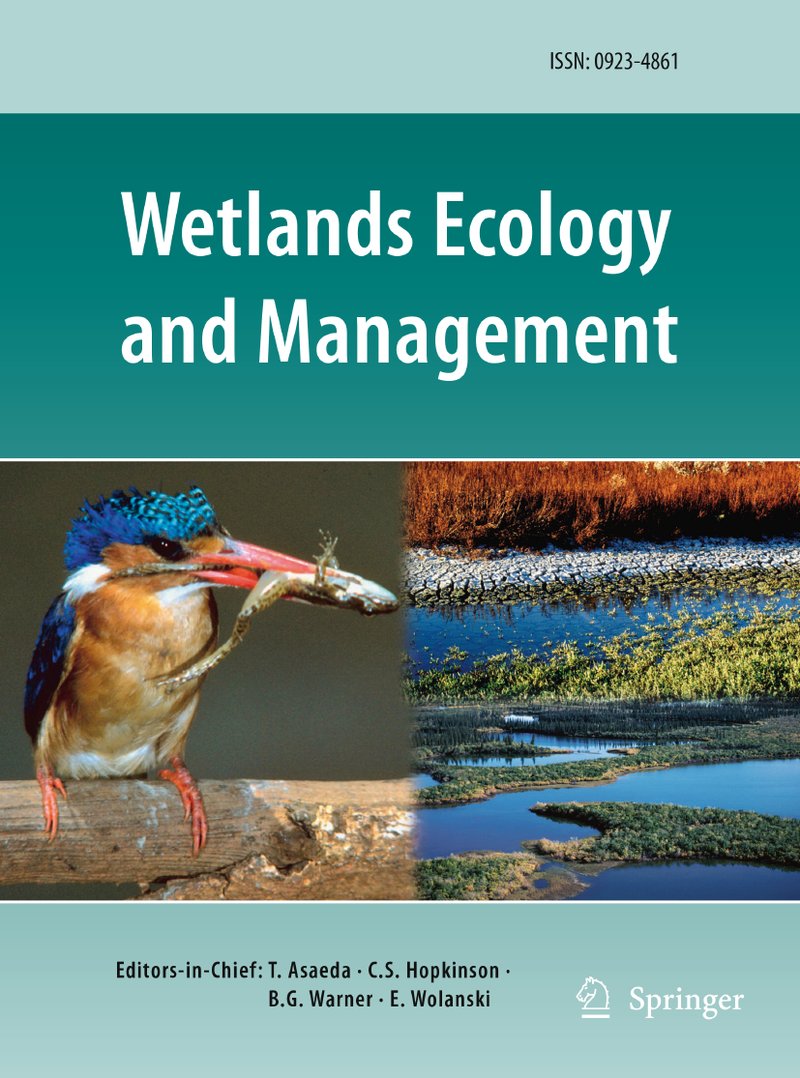
Now, you might be wondering, what exactly are oligochaetes, and why should we care? These worms are not just random squiggles in the mud; they contribute significantly to the ecological health of freshwater systems. But it’s not all rosy. There are benefits and drawbacks to having these populations in our lakes and rivers. Let’s dive deeper into this fascinating topic, exploring how oligochaetes impact our aquatic environments—both positively and negatively.
What Are Freshwater Oligochaetes?
Freshwater oligochaetes are a group of segmented worms found in various water bodies, from ponds and lakes to rivers and wetlands. Think of them as nature’s little recyclers, breaking down organic matter and aiding in nutrient cycling. They belong to the class Oligochaeta, which means “few bristles,” and you’ll often find them wriggling in the mud at the bottom of a water body.
One of the most common oligochaete species you might encounter is *Lumbriculus terrestris*, also known as the mudworm. These little guys are essential players in maintaining the health of our freshwater ecosystems. They help aerate the soil and contribute to nutrient cycling, creating a more hospitable environment for other aquatic life. When you look at them closely, you can almost see how they contribute to the bigger picture of ecosystem health.
As fascinating as they are, oligochaetes can also be overlooked. Many people don’t realize the vital roles these worms play in ecosystems, often lumping them together with other “creepy crawlies.” But let me tell you, their ecological contributions are nothing short of remarkable.
Ecological Benefits of Freshwater Oligochaetes
1. Nutrient Recycling
One of the most significant benefits of freshwater oligochaete populations is their role in nutrient recycling. These worms consume organic matter, such as dead leaves and other decomposing materials, breaking it down into simpler compounds. This process releases vital nutrients back into the water, making them available for plants and other organisms.
Think of it this way: When leaves fall into the water and start to decay, oligochaetes swoop in like tiny clean-up crews. They munch on the organic material, helping to turn what would be waste into food for plants and algae. This recycling helps maintain the ecosystem’s overall health, ensuring that nutrients don’t go to waste.
2. Soil Aeration
Another ecological perk is their ability to aid in soil aeration. As oligochaetes burrow through the sediment, they create tiny tunnels that allow air and water to flow more freely. This process not only helps supply oxygen to plant roots but also promotes the growth of beneficial bacteria and other microorganisms.
Imagine a sponge soaking up water. Oligochaetes create similar pathways, enabling the mud and sediment to absorb water more efficiently. This aeration makes the sediment healthier and more productive, supporting various life forms in and around the water.
3. Bioindicators of Ecosystem Health
Freshwater oligochaetes also serve as bioindicators, meaning that their presence, or lack thereof, can indicate the overall health of an aquatic ecosystem. Certain species are sensitive to pollution and environmental changes, so a decline in their populations often suggests that something is amiss in the water quality.
When scientists study oligochaete populations, they can gauge how healthy an ecosystem is. For example, after a storm that might wash pollutants into a river, an increase in oligochaete populations could signal that conditions are improving. They play a crucial role in monitoring the state of freshwater environments.
Potential Drawbacks of Freshwater Oligochaetes
1. Overpopulation Issues
While oligochaetes provide many ecological benefits, they can also cause problems when their populations grow too large. Overpopulation can lead to issues such as decreased water quality. When there are too many oligochaetes, they can consume so much organic matter that it disrupts the balance in the ecosystem.
Imagine a buffet where everyone eats too much—pretty soon, there isn’t enough food left for others. In the case of oligochaetes, an overcrowded population can deplete the nutrients available for other aquatic organisms, leading to a decline in biodiversity.
2. Habitat Alteration
Oligochaetes can also change their environment in ways that may not always be helpful. Their burrowing can disrupt the sediment layers, potentially affecting the habitats of other organisms. This alteration can result in increased turbidity, making the water murky and less hospitable for species that prefer clearer waters.
Like moving furniture around in a room, oligochaetes may unintentionally displace other creatures that thrive in specific sediment conditions, leading to changes in the local biodiversity and ecosystem dynamics.
3. Interaction with Invasive Species
Finally, oligochaetes can also interact with invasive species, complicating the ecological balance further. In some cases, invasive oligochaete species might outcompete native ones, disrupting the existing ecosystem and leading to decreased biodiversity.
Imagine inviting a new friend to a group hangout who ends up taking over all the conversations. Invasive oligochaetes can do something similar, monopolizing the available resources and pushing out native species, which can lead to a decline in overall ecosystem health.
Freshwater oligochaete populations serve as a fascinating example of the complex web of life that exists beneath the surface of our lakes and rivers. Their ecological benefits—from nutrient recycling and soil aeration to serving as bioindicators—are essential for maintaining healthy aquatic ecosystems. Yet, it’s essential to be aware of the potential drawbacks that come with their presence, including the risks of overpopulation and habitat alteration.
In the grand scheme, understanding both the benefits and drawbacks of oligochaetes can help us appreciate the delicate balance that exists in nature. As stewards of our planet, it’s crucial to recognize how even the tiniest creatures can impact the world around us. By monitoring these populations and promoting a balanced ecosystem, we can ensure that our freshwater resources remain vibrant and healthy for years to come.

